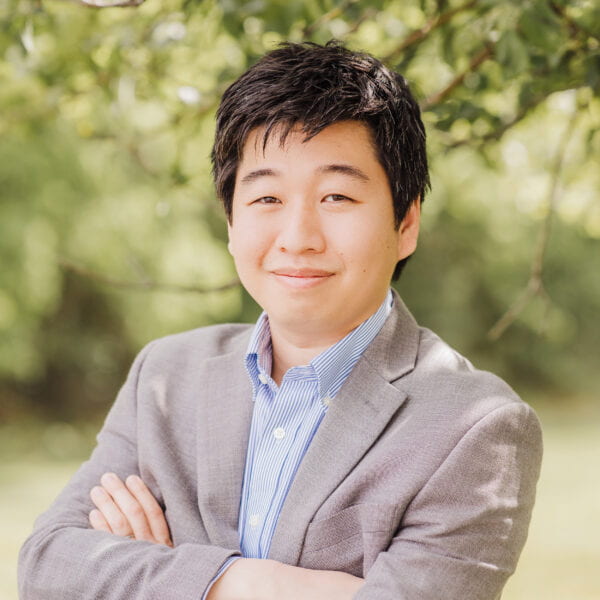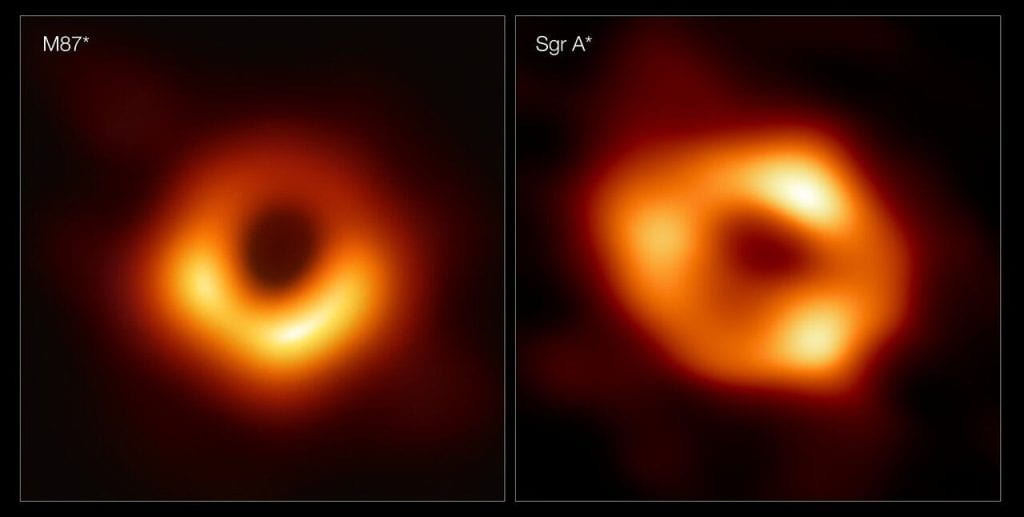
Kazu Akiyama, PhD
Research Scientist, MIT Haystack Observatory
Pronouns: he / his / him
Contact Information
Address: 99 Millstone Hill Rd, Westford MA, 01886, USA
Website: https://sites.mit.edu/kazuakiyama
Phone: 617.715.5579
Email: kakiyama@mit.edu
ORCID | Google Scholar | GitHub | Twitter
Biography
I am a research scientist at MIT Haystack Observatory. I primarily study black holes at ultra-high angular resolutions using the technique of very long baseline interferometry (VLBI). My research interest includes studies of horizon-scale physics of black holes, active galactic nuclei, development and implementation of data processing and computational imaging algorithms for radio interferometry.
I have been a part of the international Event Horizon Telescope (EHT) project since I joined its early phase in 2010 as the first Japanese student involved. As a co-founder and former co-leader of the EHT Collaboration (EHTC)’s Imaging Working Group (2017-2022), I oversaw the groundbreaking imaging efforts that led to the first-ever images of black holes. Apart from co-leading the EHT imaging team, I developed the imaging software package SMILI used to create those first images capturing supermassive black holes M87* and Sgr A*.
My current roles in the EHT community include being a member of the EHTC’s Science Council (2022-) and co-leading the Algorithm & Inference Working Group of the next generation EHT Collaboration (2022-). I lead the Haystack team and co-lead the entire Japanese team for the Black Hole Explorer mission (2023-), a US-led space VLBI mission concept developed to extend the EHT to space.
I was born in Japan. I earned my undergraduate degree in physics from Hokkaido University in 2010. I completed master’s and doctoral programs in astronomy at the University of Tokyo in 2012 and 2015, respectively, under the supervision of Mareki Honma. After my PhD program, I moved to the United States and joined Haystack Observatory as a Postdoctoral Fellow for Research Abroad of the Japan Society for Promotion of Science in 2015, and later became a Jansky Fellow at the National Radio Astronomy Observatory in 2017. I was promoted to research scientist in 2020. Since then, I have been serving as a principal investigator in the radio astronomy group.
The awards I received include the President Award from the University of Tokyo (2015), the Young Astronomer Award from the Astronomical Society of Japan (2020), the Young Scientists’ Prize from the Japan Ministry of Education, Culture, Sports, Science and Technology (2020), and the Breakthrough Prize for the Fundamental Physics as a co-recipient (2019).
The First-ever Images of Black Holes
I co-led the international EHT Collaboration’s imaging team for the first-ever imaging of black holes. The first M87* imaging project (EHT Collaboration et al. 2019, ApJL, 875, L4) was co-led by Michael Johnson, Katie Bouman, Andrew Chael, Jose Gomez, and me. The first Sgr A* imaging project (EHT Collaboration et al. 2022, ApJL, 930, L15) was co-led by Katie Bouman, Jose Gomez, and me. Computational imaging techniques I developed were used to create those images using two software packages — SMILI developed by me and eht-imaging developed by Andrew Chael.

